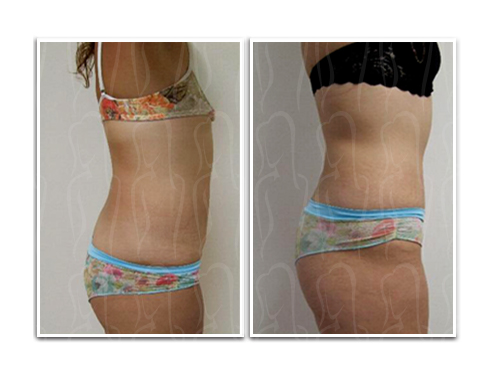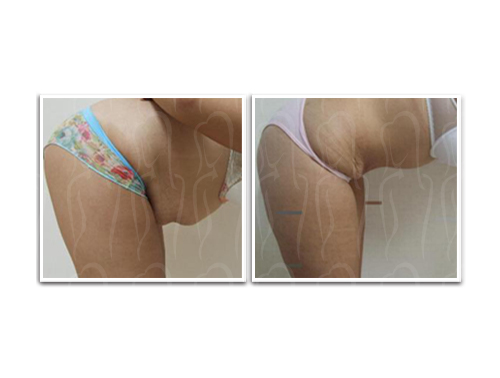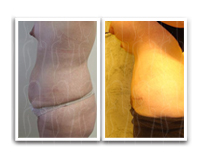Tummy Tuck

What is an Abdominoplasty / Tummy Tuck?
Commonly as known a "tummy tuck," is a surgical procedure to remove excess skin and fat from the abdomen and to tighten the muscles of the abdominal wall. The procedure can dramatically reduce the appearance of a protruding abdomen. Generally, a horizontal incision is placed just within or above the pubic area.
The length of the incision, which extends laterally toward the pelvic bones, depends largely on the amount of skin to be removed. The contour of this incision will vary somewhat according to the structure of your abdomen and the style of bathing suit or undergarments that you prefer.
Who can be beneficiated with an Abdominoplasty?
The patients who are bothered by a large fat deposit or loose abdominal skin that won't respond to diet or exercise. Specially to women who, through multiple pregnancies, have stretched their abdominal muscles and skin beyond the point where they can return to normal. Loss of skin elasticity in older patients, which frequently occurs with slight obesity, can also be improved.
Is Everybody Eligible for an abdominoplasty?
Patients who intend to lose a lot of weight should postpone the surgery. Also, women who plan future pregnancies should wait. If you have scarring from previous abdominal surgery, you may be recommend against abdominoplasty.
All Surgery Carries Some Uncertainty And Risk. Thousands of abdominoplasties are performed successfully each year. When done by a qualified plastic surgeon who is trained in body contouring, the results are generally quite positive. Nevertheless, there are always risks associated with surgery and specific complications associated with this procedure. Post-operative complications such as infection and blood clots are rare, but can occur. Infection can be treated with drainage and antibiotics, but will prolong your hospital stay. You can minimize the risk of blood clots by moving around as soon after the surgery as possible.
Poor healing, which results in conspicuous scars, may necessitate a second operation. Smokers should be advised to stop, as smoking may increase the risk of complications and delay healing. You can reduce your risk of complications by closely following your surgeon's instructions before and after the surgery, especially with regard to when and how you should resume physical activity

















